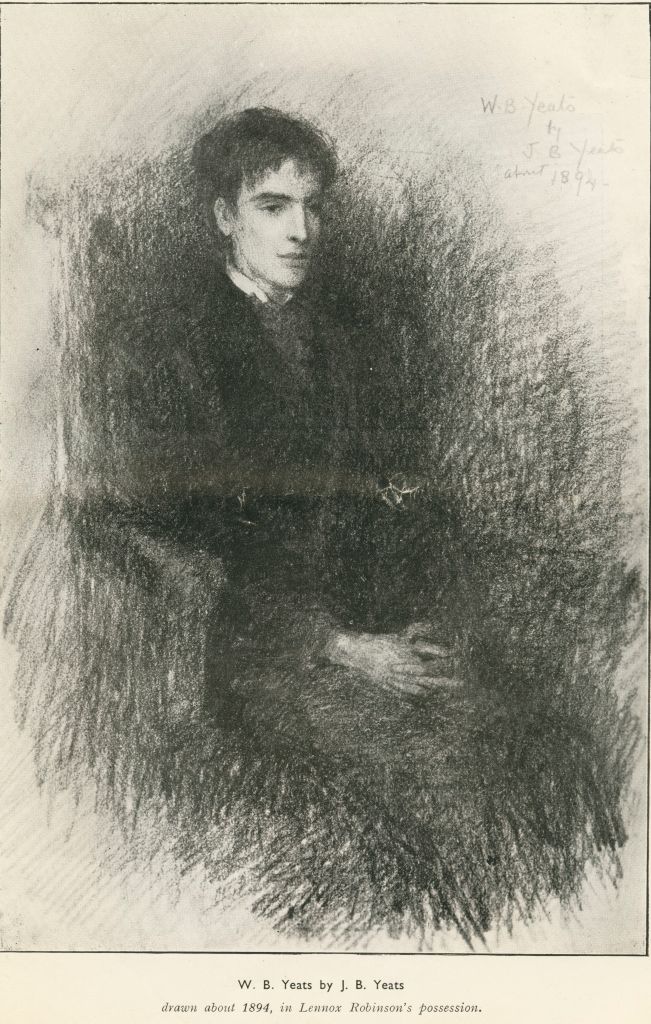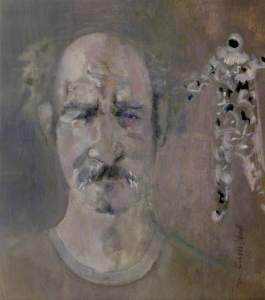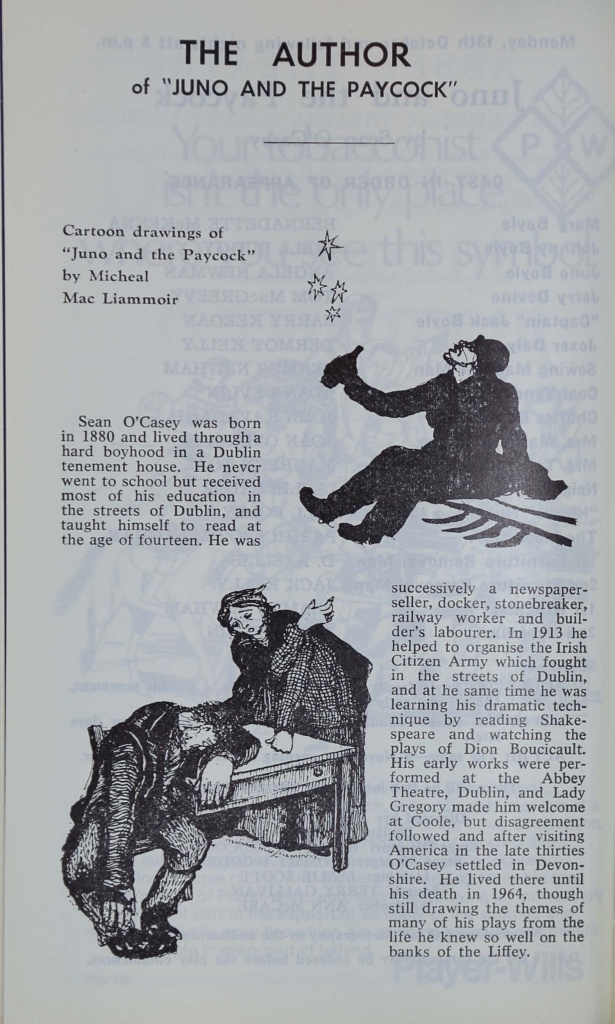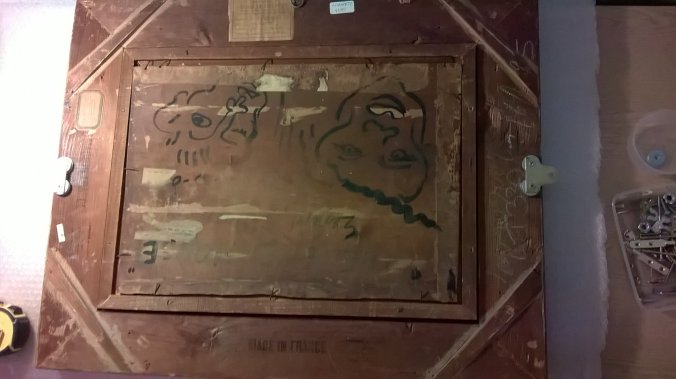This week the Abbey Theatre/NUI Galway Digital Archive
Partnership made freely available online the digitised minute books of the
Abbey Theatre 1904 – 1939.
As part of the Yeats2015 celebrations, the online digital
archive of Abbey Theatre Minute Books will be made available to the public for
the first time. Collectively, the minute books amount to nearly 1,000 pages,
covering some of the Abbey’s most significant events from the period 1904-1939,
being the period that spans Yeats' lifetime.
'A Digital Journey
Through Irish Theatre History', the Abbey Theatre - NUI Galway Digital
Archive Partnership is the largest digital theatre project ever undertaken, and
heralds a new era in Irish theatre scholarship, both nationally and
internationally. Previously unseen, the Abbey Theatre Minute Books include the
period in history when both Lady Gregory and W.B. Yeats were involved in the
management of the Abbey Theatre.
The Abbey Theatre minute books contain notes from meetings
of the theatre’s Board of Directors. They offer a fascinating glimpse behind
the scenes of the theatre, showing how the Abbey’s managers dealt with a
variety of issues, from choosing plays to determining how much to pay their
actors.Along the way, we find important information about leading
figures from the Irish Literary Revival and beyond: not just W. B. Yeats, Lady
Gregory and John Millington Synge but Sean O’Casey, Lennox Robinson, Teresa
Deevy, Sean O’Faolain, Frank O’Connor, and many others. We also learn about
great Irish actors such as Molly Allgood, Ria Mooney, Barry Fitzgerald, Cyril
Cusack and many more.
 |
| Prof. Patrick Lonergan |
NUI Galway Professor of Drama Patrick Lonergan said that the
minute book will be of huge interest to theatre scholars, historians, and
anyone with an interest in Irish culture: “the story of the Abbey Theatre is in
many ways the story of our nation in microcosm. This online resource shows the
Abbey Theatre and NUI Galway working together to reveal new aspects of that
theatre’s story – and, by extension, new aspects of the story of Ireland. Users
of the site will be able to search easily through hundreds of pages of records,
and can move between the handwritten originals and carefully transcribed
webpages. And all of this is available entirely free of charge to readers
anywhere in the world.”
The minute books allow us to understand better how theatres
are run. Yeats wrote about his approach to theatre business in a poem that was
tellingly called “The Fascination of What’s Difficult”, cursing “plays/ that
have to be set up in fifty ways”. Here we find Yeats encountering all sorts of
difficulties - from the threat of government censorship of Sean O’Casey’s The
Plough and the Stars in 1926 to the leaking of his late play Purgatory to a
Jesuit priest in 1938. And those difficulties are indeed fascinating.
Dr Charlotte McIvor, lecturer in drama and performance at
NUIG, said that the books contain valuable information for scholars and
teachers. She said: “I think they are going to be very important in explaining
to students the different kinds of labour involved in running a theatre.”Dr McIvor said the books document “in minute detail” the
decisions of the board right down to discussions about whether or not to allow
cigarette smoking in the theatre. “I think you could honestly take any two pages in these
books and build a successful lesson around it,” she added.
 |
| Dr. Charlotte McIvor |
Playwright and Abbey board member Thomas Kilroy said
the books help illuminate the relationship between the early theatre and the
changing Irish State.He said: “One extraordinary thing which I had never heard of
before which was that in 1939 Dublin Corporation tried to establish stage
censorship. They assembled a number of inspectors to establish what was going
on in Irish theatres.”
We also learn much about the day to day activities of keeping
a theatre in business: the struggles to find appropriate funding, the actors’
requests for extra money or time off, and the maintenance of the building. And of course we learn much about Ireland, both before and
after independence. The Abbey Theatre famously was the first state-subsidised
theatre in the English-speaking world, earning funding in 1925 from the newly
independent Irish Free State.
Bryan McMahon, Chairman of the Abbey Theatre said: “The Abbey Theatre is proud to reveal, for
the first time, our early Minute Books, an exciting milestone in our
ground-breaking digital archive partnership with NUI Galway. It is wonderful to manifest digitally the
inner workings of the national theatre during its formative years. These Minute Books give us fascinating
insights into the management style and business acumen of W.B. Yeats and Lady
Gregory and the contribution made by the Board of Directors. Indeed, the Minute Books reveal that Yeats
was so integral to the Abbey Theatre, that Lennox Robinson, playwright and
Board member, was dispatched to France to assist in the repatriation of his
remains. As we all know, it was an
unsuccessful mission. The Abbey Theatre
is delighted that in this Yeats’ commemorative year, the full story of W.B.
Yeats as theatre maker can be fully revealed.”
The Abbey Theatre Minute Books can be viewed www.nuigalway.ie/abbeytheatreminutebooks/
 |
| Excerpt from the Abbey Theatre digitised minute books |

















































